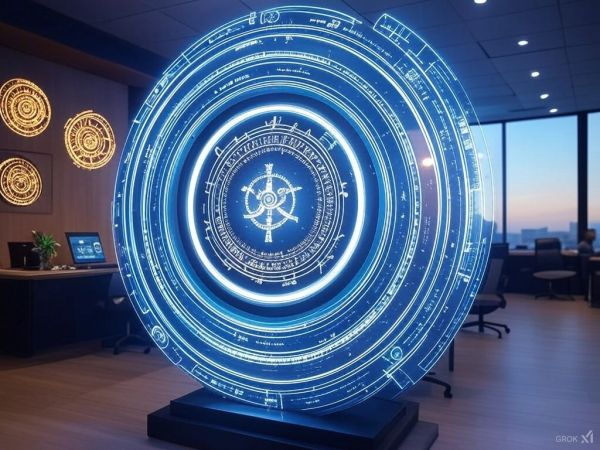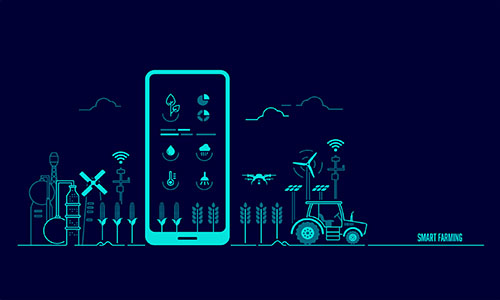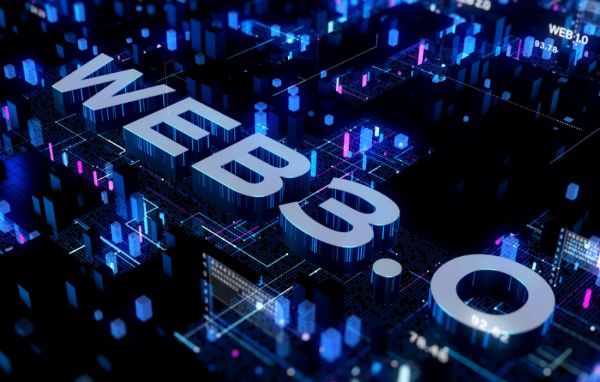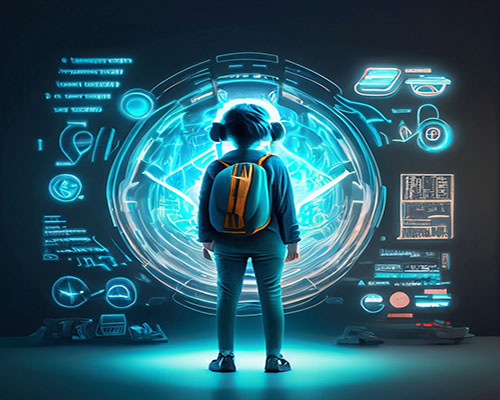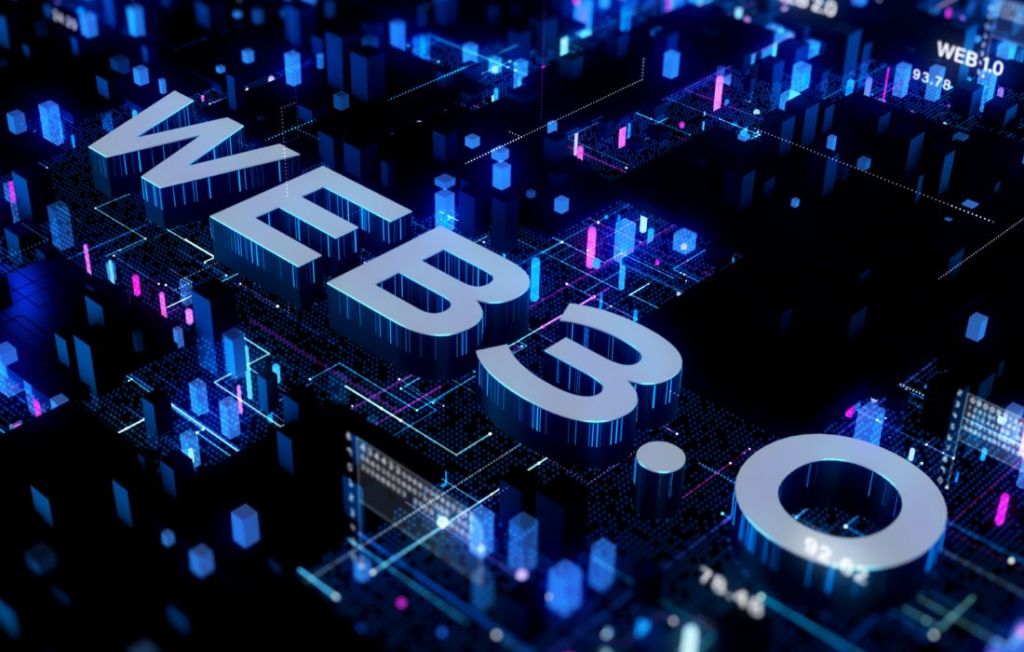
There are a few potential trends and technologies that may shape the appearance and functionality of websites in Web 3.0:
- Decentralization: Web 3.0 is expected to be more decentralized, which means that websites may no longer rely on a central server to store data and content. Instead, they may use distributed networks like blockchain to store and access data.
- Interoperability: In Web 3.0, websites may be more interconnected and interoperable with each other. This means that users may be able to navigate seamlessly between different websites and platforms without needing to create new accounts or re-enter their information.
- User-controlled data: Web 3.0 may give users more control over their data and how it is used. This means that websites may need to provide more transparency and allow users to easily manage their data privacy preferences.
- AI-powered interfaces: With the rise of AI and machine learning, websites in Web 3.0 may have more intelligent and personalized interfaces that can adapt to users’ preferences and behaviour.
Overall, websites in Web 3.0 are likely to be more user-centric, decentralized, and interconnected, with more emphasis on user control and data privacy.



